23%
300 Projects. 1 Quarter. What’s Your Move?
Your teams are adept at allocating budgets across 300 projects each year. The real test arises when quarterly revenue outcomes demand a shift in priorities. Can you clearly communicate your updated strategy for each project’s business case—framed in a way that is both straightforward and actionable—to secure board approval for adjusting course from your original plan?






Investment Strategies
- Articulate Business Outcomes
- Overcome Board Objections
- Indirect Consensus Building
- Deliver Playback to Finance
CIO Frameworks
- Project Value Realization Results
- Program Management Framework
- Quantify Value by Use Case
- Total Cost of Ownership
Board Approval
- Formal Executive Proposals
- Complete Business Strategies
- Implementation Plan & Phasing
- Executive Decision Documents
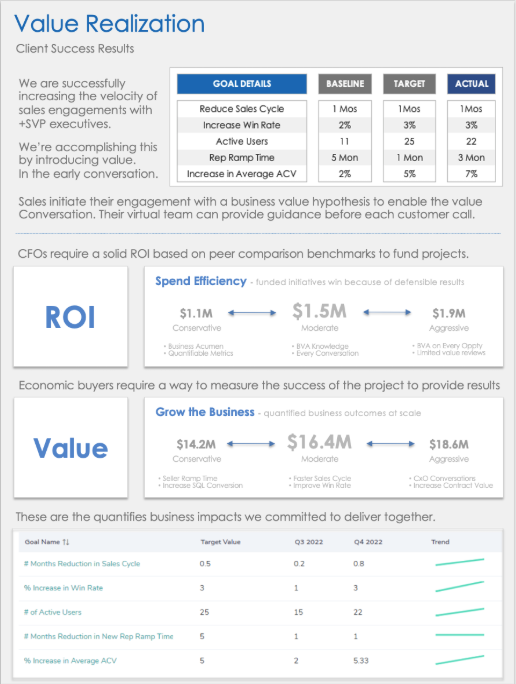
Value Realization
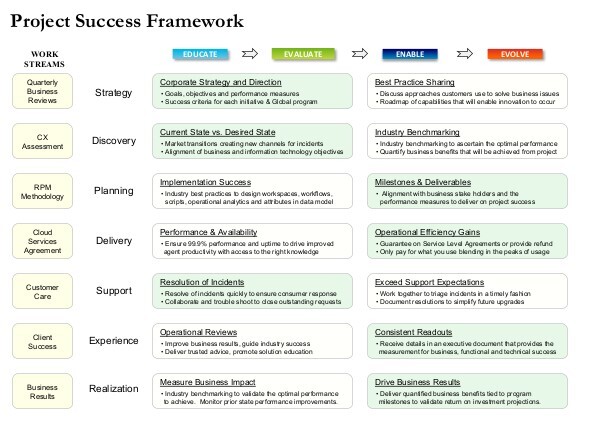
Project Success Framework
How CIOs Secure Additional Funding?
Investment Strategy for Board Meeting
Create high-fidelity models 10× faster at one-tenth the cost. Leverage commercial equipment to rapidly generate 3D digital twins, now enhanced with real-time metadata fusion for dynamic, data-rich representations.
Key Capabilities:
- Accelerated model creation for XR applications
- Compatible with standard scanning tools
- Precise and detailed model accuracy
- Real-time metadata integration for advanced insights
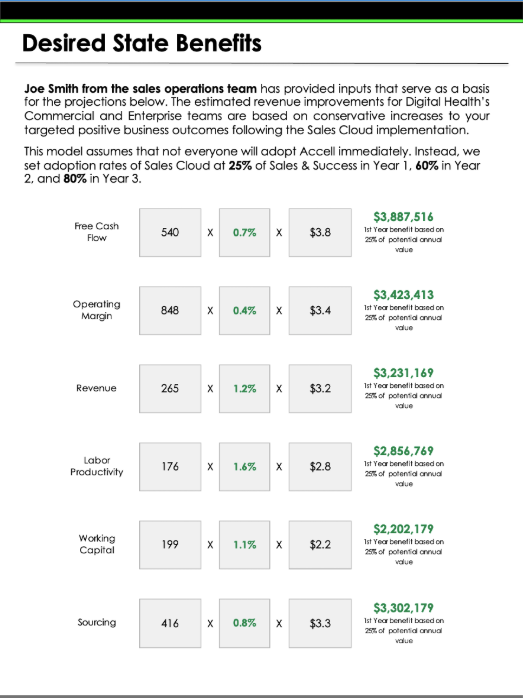
Investment Strategy

Business Case Details
How to Quantify Business Outcomes?
Develop Industry Solution Sets
The most effective business cases are built at the detailed use-case level by persona. Organizations can precisely measure value, assigning outcomes based on adoption, time spent, and expertise applied. This approach enables leaders to understand not only the strategic goals of an initiative but also the measurable financial and operational contributions delivered by each function implementing the solution. Creating a Center of Excellence drives standardization, knowledge sharing, and replication of best practices. Over time, as users gain proficiency and fully integrate these new workflows, the organization evolves from adoption to optimization.
Why CIOs Secure Leverage Expert Models?
AI-Powered Investment Strategies
Expert Models are digital representations of leading advisors, capturing your unique methodologies, best practices, and decision-making processes. They deliver personalized, adaptable insights and scalable solutions, transforming expertise into on-demand, AI-driven applications for CIOs.
- Investment Strategies to Secure Incremental Funding
- Business Process Library with 57 CIO Strategies
- 12 Theories | 17 Concepts | 21 Frameworks
- 57 Executive Business Justification Plays
- Executive Communication Playbook

Business Case Details
CIO Frameworks
One of the most critical challenges for a CIO is securing funding for initiatives that may not have been planned during the annual budgeting cycle. Technology investments often arise in response to shifting business conditions, regulatory changes, or disruptive opportunities that cannot wait for the next fiscal year. To succeed, CIOs rely on structured frameworks that justify projects with clarity, rigor, and executive alignment.
The foundation of this justification lies in investment strategy. CIOs frame each project not as a technology expenditure but as a strategic enabler of business growth, efficiency, or risk reduction. By linking initiatives to corporate objectives—whether revenue acceleration, cost optimization, or compliance assurance—they elevate the discussion from IT needs to enterprise priorities.
CIOs then build business cases at the use-case level, aligning each with specific executive personas. This level of granularity allows them to show how the project delivers value to multiple stakeholders across the organization. For example, a CFO may see cost avoidance and ROI, while a COO views gains in productivity and throughput. Prioritizing these use cases by business impact ensures executives can clearly see which outcomes matter most and when they will be realized.
To strengthen credibility, CIOs structure business cases by implementation phase. Breaking initiatives into phased investments not only reduces perceived risk but also demonstrates a clear path to incremental returns. Early phases often target quick wins with measurable impact, building momentum for subsequent phases focused on broader transformation and optimization.
By combining strategic framing, persona-driven use cases, and phased implementation plans, CIOs create persuasive business cases that help executives justify and approve unbudgeted funding. The result is a disciplined, outcome-driven approach that aligns projects with organizational goals, secures resources, and accelerates execution.
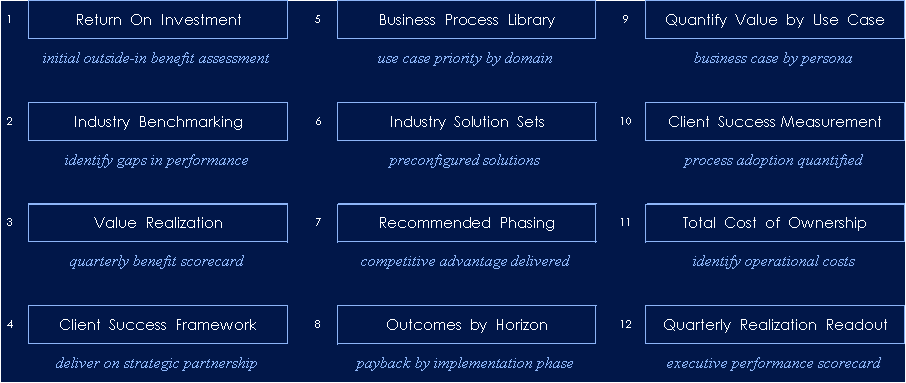
Secure Incremental Funding
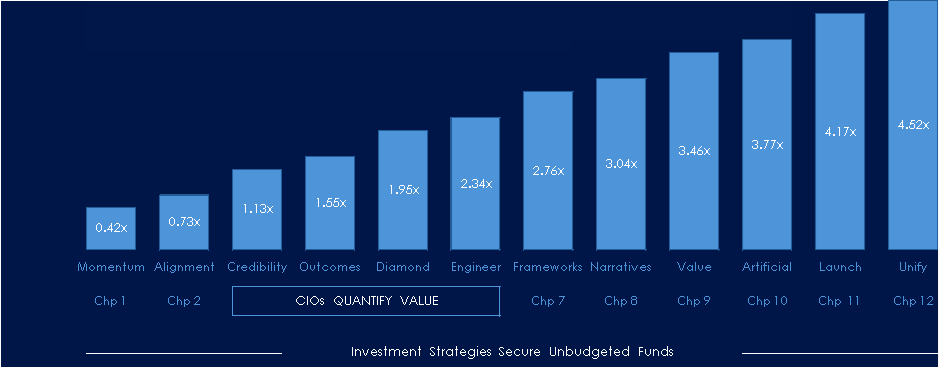
.png)
Hyperscale Revenue Book
Deal Size +73%
Initiate Strategic Engagements
Win Rate +43%
Influence Decision Criteria
Achieve Sales Quota +24%
Propose Strategic Roadmaps
Cross Sell +83%
Curate Executive Insights
Sales Cycle -38%
Uncomfortable Conversations
Sales Participation +37%
Cascade Differentiation
Order Hyperscale Revenue Book from Amazon